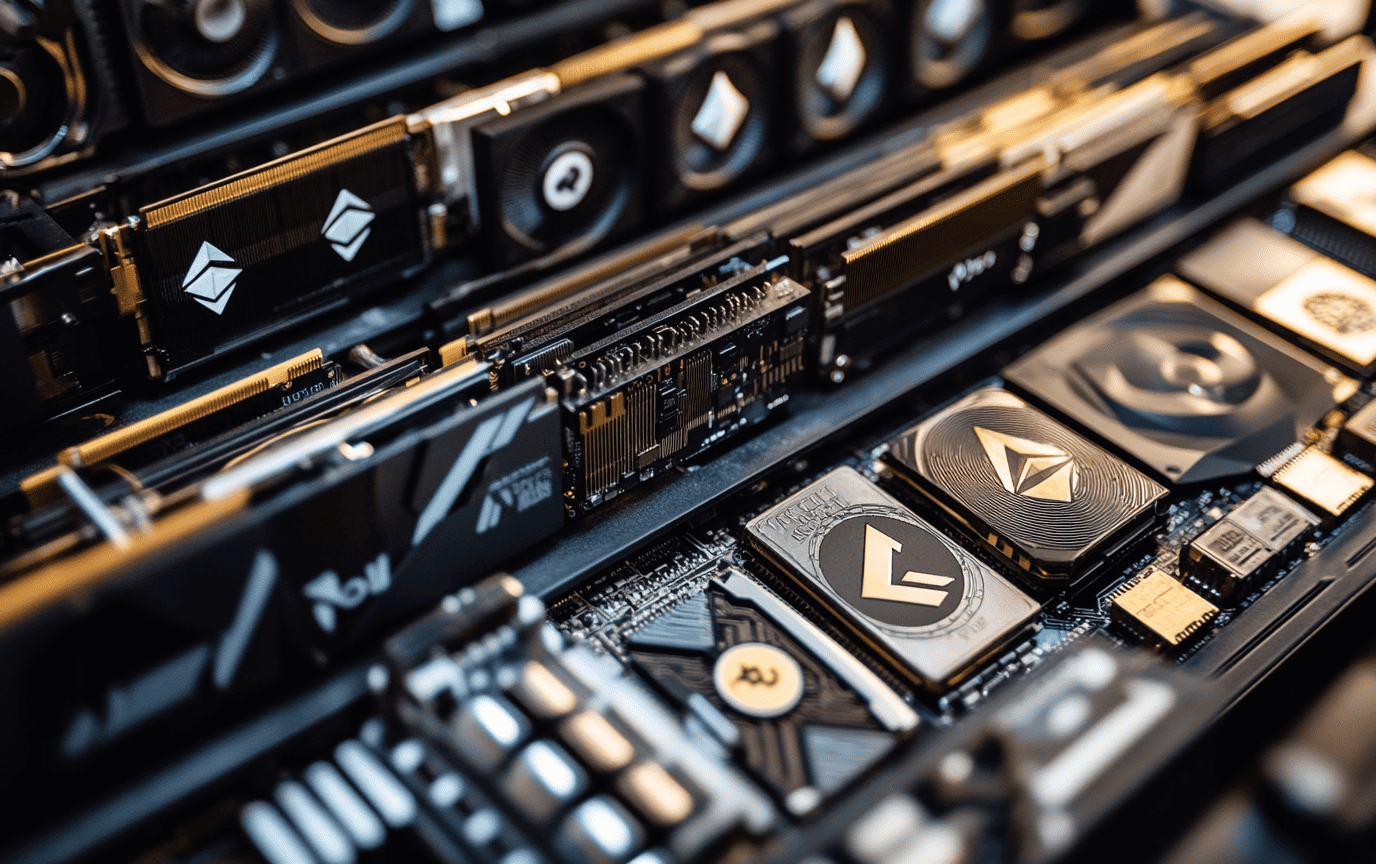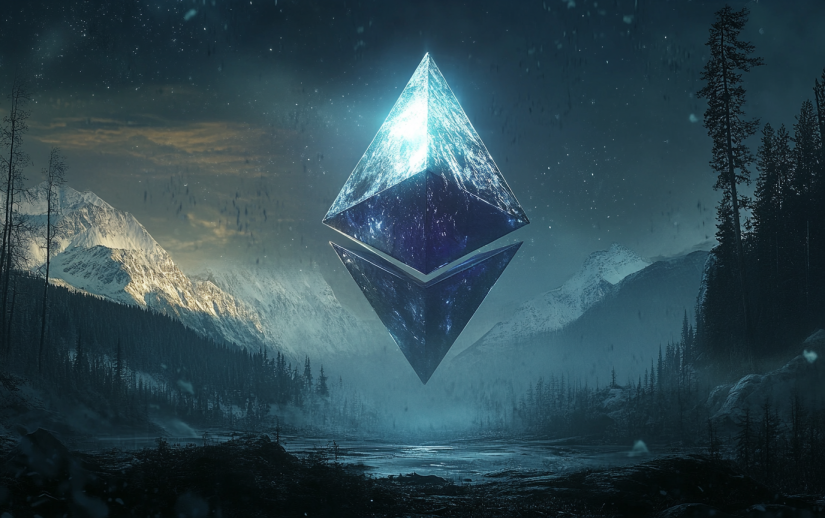Introduction to Crypto Mining
Hey friends! Today, we’re diving into a fascinating aspect of the world of cryptocurrencies—crypto mining. If you’ve ever wondered how that seemingly magical process works, and why Bitcoin and other cryptocurrencies need mining, you’re in the right place. Grab a seat, and let’s explore how this integral part of the ecosystem works, the different types of mining, and why it's so vital to the overall health of digital currencies.
At its core, crypto mining is the backbone of the Proof-of-Work (PoW) consensus mechanism used by many cryptocurrencies, and it plays a crucial role in maintaining the security and functionality of the blockchain. It involves miners solving complex mathematical puzzles to verify transactions and add them to a blockchain, which is simply a decentralized ledger that keeps a secure record of every transaction ever made. In exchange for their hard work, miners are rewarded with new coins and transaction fees—talk about a win-win situation!
So, let’s get started on this adventurous journey into the depths of crypto mining!
How Crypto Mining Works
Transaction Verification:
At the heart of crypto mining, the first step involves transaction verification. Miners collect pending transactions from the entire network and assemble them into a block. But wait! What dictates which transactions get into this block? It’s usually the ones with higher fees, my friends! This is because block space is limited, and miners prioritize transactions that will yield the most profit.
Creating a New Block:
Once miners gather a sufficient number of transactions, they need to compile these into a new block. Alongside the transactions, important pieces of information like the previous block hash and a Merkle root (a summary hash of all transactions in the block) are added. This ensures that each block is securely linked to the previous one, creating an unbreakable chain of data.
Solving the Proof of Work Puzzle:
Here comes the fun part! Imagine a huge puzzle that needs solving. Miners deploy speedy computers and massive computational power to tackle complex cryptographic challenges. Think of it as trying to find a needle in a haystack but on a grand scale. The core of the challenge is finding a nonce, a random number, which when added to the block and hashed using the SHA-256 algorithm, produces a hash that meets the network's difficulty level.
Now, this is where it gets really interesting—it’s like playing a guessing game! Miners must “guess” different nonce values to crack the code. Each time they guess, they hash the entire block anew until they find one that is less than or equal to the target hash set by the network. This target is adjusted every 2,016 blocks to maintain a consistent block creation time—approximately every 10 minutes for Bitcoin.
Validation and Block Addition:
The moment a miner cracks the puzzle, they shout, “Eureka!” and broadcast their new block to the network for validation. Other miners quickly verify the block’s validity, and if everything checks out, it gets officially added to the blockchain! Cheers all around, right? The miner then receives newly minted coins along with transaction fees, creating a sweet reward for their hard work.
Types of Mining
So, now that we know how mining works, let’s explore the different types of mining. This can significantly affect your choice if you ever decide to dive into it yourself!
1. CPU Mining
In the early days of cryptocurrencies, miners used their computer’s central processing unit (CPU) for mining. While this was once a viable option for low-difficulty cryptocurrencies, it’s now generally considered inefficient for most PoW systems. If you’re starting fresh, this might not be the best choice.
2. GPU Mining
Next up is GPU mining, which uses the graphics processing unit. This is a step up from CPU mining, as GPUs are more powerful. They can handle many parallel tasks simultaneously, making them much more efficient. A lot of hobbyists prefer this option due to the lower cost of graphics cards compared to specialized hardware!
3. ASIC Mining
Then, we have ASIC mining or Application-Specific Integrated Circuit devices. These are the heavy-hitters! Designed specifically for mining, they are the most efficient but come with a price tag to match. If you’re serious about mining, an ASIC could be your best option, but do your homework and ensure it’s worth the investment.
4. Cloud Mining
Finally, there’s cloud mining. Instead of purchasing and maintaining hardware, this option allows you to rent computing power from remote data centers. While it sounds super convenient, be cautious! It’s essential to choose reputable providers to avoid scams and poor service.
The Importance of Mining
Now that we understand the basics of mining and the different types let’s take a moment to appreciate why mining is so significant in the world of cryptocurrencies.
First and foremost, miners ensure transaction verification, providing a service that the entire cryptocurrency network relies on. Without them, there would be chaos! A decentralized network must have a way to validate transactions and maintain security—enter the miners.
Another critical role that miners play is to secure the network. The computational power required to crack those cryptographic puzzles keeps malicious actors at bay. Just imagine trying to overpower a network with thousands of active miners—nearly impossible!
Lastly, mining introduces new coins into circulation. The mining rewards ensure a steady supply of cryptocurrency, stimulating its growth and keeping the economy alive.
Personal Observations
In my experience, crypto mining can be an exhilarating venture. When I first learned about it, the technical details seemed overwhelming, yet inviting at the same time. Diving into various forums and YouTube videos made the whole topic immensely fascinating. I quickly realized that you don’t just become a miner—you become part of a community! Fellow miners are always eager to share tips and tricks, like how to optimize mining rigs, choose the best software, and avoid common pitfalls.
Being a miner isn’t just about profits; it's about being part of something bigger, a trustless economy that liberates individuals from traditional financial systems. I remember my first successful mining attempt; the thrill of receiving my first Bitcoin reward was like being a kid winning a prize at a fair!
However, it hasn't all been sunshine and rainbows. There are pitfalls! The initial setup cost can be daunting, and the electricity consumption often leads to hefty bills. My advice? If you're thinking about starting mining, don’t dive headlong into it—research and calculate the potential profitability thoroughly!
Conclusion
In conclusion, crypto mining is an exhilarating and vital activity that keeps the cryptocurrency world turning. Whether you're drawn by the prospect of new coins or the thrill of solving puzzles, there's no denying its significance. As the world adapts to the rise of digital currencies, miners will continue to play an essential role in maintaining the integrity and security of these networks.
So, whether you're a curious newcomer or a seasoned pro, there’s always more to explore in the world of crypto! If you’re interested in delving deeper into related topics, feel free to explore other categories on Crypto 101, read Exchange Reviews, stay updated with the latest News, or check out essential Tools and Wallets.
Thank you for joining me on this enlightening journey into crypto mining! Until next time, keep learning and exploring!












